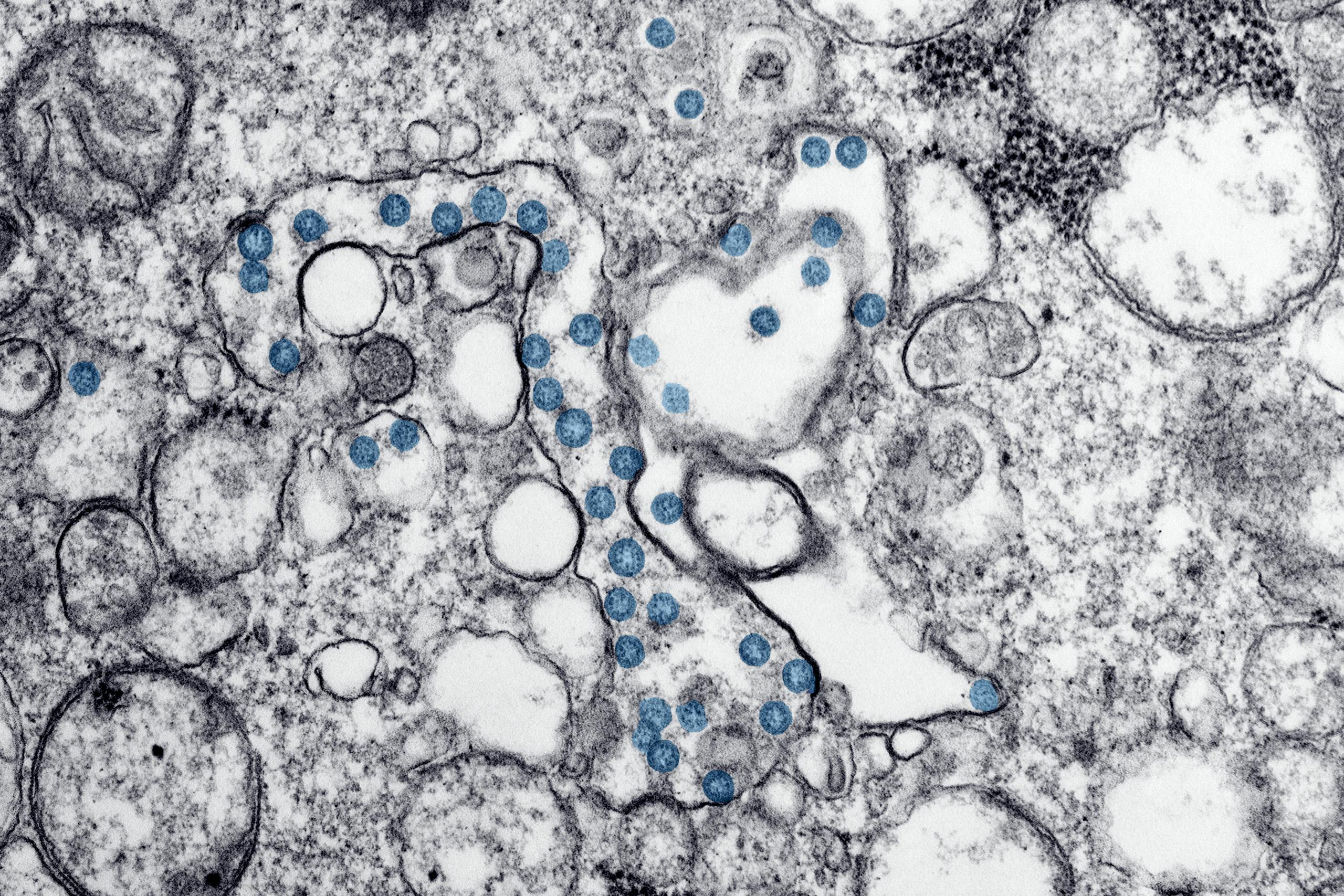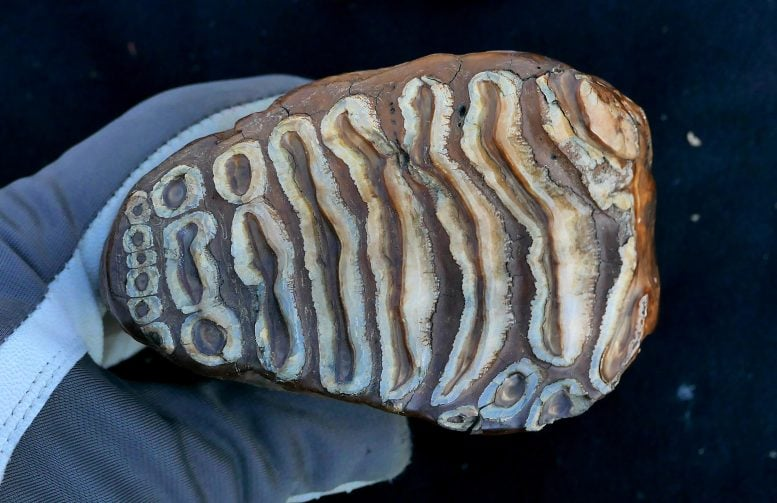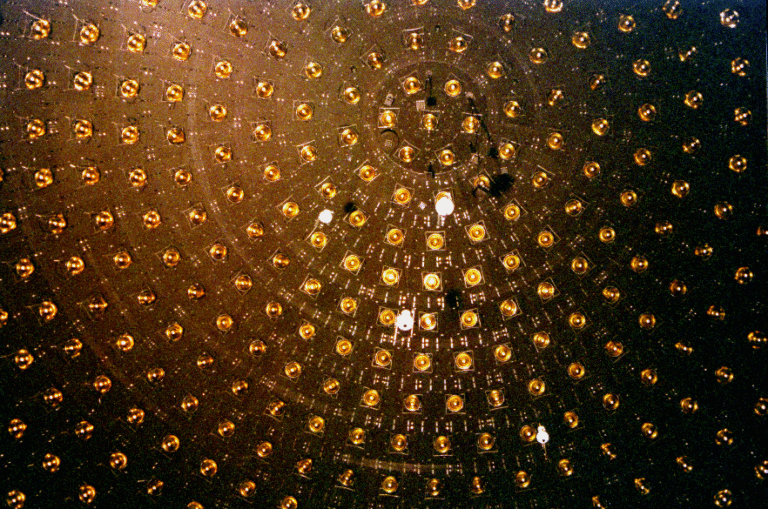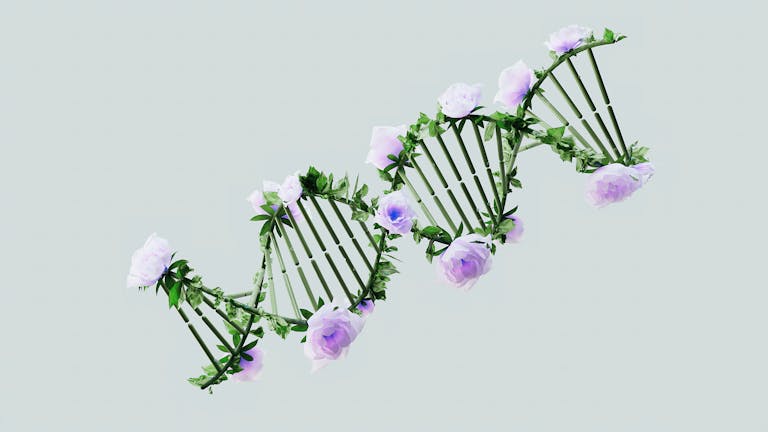World’s Oldest Microbial DNA Found in Million-Year-Old Mammoth Remains

Scientists have made an astonishing discovery that pushes the limits of ancient DNA research. A team working at the Centre for Palaeogenetics, a collaboration between Stockholm University and the Swedish Museum of Natural History, has successfully recovered microbial DNA that is over one million years old from the remains of woolly and steppe mammoths. This breakthrough provides a rare glimpse into the microbial communities that lived alongside these extinct giants, offering new perspectives on health, disease, and host-microbe interactions deep in evolutionary history.
The Scope of the Study
The researchers examined a total of 483 mammoth specimens, an impressive dataset considering the rarity of well-preserved remains. Out of these, 440 samples had never been sequenced before, making this project the largest-scale investigation of ancient host-associated microbial DNA to date.
One of the most significant samples came from a steppe mammoth (Mammuthus trogontherii) that lived approximately 1.1 million years ago. This specimen was found in northeastern Siberia, in the permafrost near the Adycha River region. The preservation conditions in permafrost are ideal for DNA survival, which explains why genetic material from both the mammoth itself and its microbial partners could still be detected after such an immense passage of time.

The study combined advanced genomic sequencing, contamination filtering, DNA damage pattern analysis, and bioinformatics tools to separate authentic ancient microbial DNA from modern contaminants and microbes that invaded the remains post-mortem. This careful approach was necessary because microbial DNA degrades and mutates quickly compared to host DNA, making the task of distinguishing genuine ancient sequences extremely challenging.
The Microbes That Survived the Ages
Across the specimens, the team identified 310 distinct microbial taxa, ranging across different tissues and sample types. Out of these, six microbial lineages stood out because they consistently appeared across both time and geography, suggesting that they were long-term inhabitants of mammoth microbiomes.
These six microbial groups included relatives of:
- Actinobacillus
- Pasteurella
- Streptococcus
- Erysipelothrix
The persistence of these microbes across hundreds of thousands of years strongly indicates that they were not random contaminants but actual host-associated microbes, possibly passed down and maintained within mammoth populations.
One particularly striking result was the reconstruction of portions of the genome of Erysipelothrix, recovered from the 1.1-million-year-old steppe mammoth. This is now officially the oldest host-associated microbial DNA ever retrieved, extending the boundaries of paleogenomics research.
Connections to Modern-Day Elephants
The finding becomes even more interesting when compared with modern relatives of mammoths. African and Asian elephants are their closest living relatives, and some of the microbes uncovered in the mammoth remains have parallels in elephant pathogens today.
For example, the Pasteurella-like bacterium discovered is closely related to pathogens responsible for deadly outbreaks in African elephants. Similarly, Erysipelothrix bacteria are known today to cause severe diseases like endocarditis in mammals. This raises the possibility that mammoths may have suffered from similar infections during their existence.
Although the exact impact of these microbes on mammoth health cannot be determined with certainty, the evidence suggests that they were not passive passengers. Instead, they may have influenced mammoth survival, population health, and possibly even their decline.
Challenges of Ancient DNA Work
Recovering DNA from specimens over a million years old is no small feat. DNA naturally degrades over time due to fragmentation, chemical changes, and microbial invasion. Most successful ancient DNA research to date has focused on host genomes, like reconstructing the DNA of humans, Neanderthals, or mammoths themselves.
This study is significant because it shows that not just the host, but the host’s microbiome, can be preserved for extraordinary spans of time under the right conditions. Teeth, bones, and tusks in particular appear to act as long-term reservoirs for microbial DNA.
The ability to detect and reconstruct microbial DNA this old demonstrates that with careful methods, we can now explore ancient microbiomes—something previously thought to be impossible beyond a few tens of thousands of years.
Why Ancient Microbiomes Matter
Microbes play essential roles in the biology of every living organism. They can aid digestion, regulate immune systems, or cause devastating diseases. Studying ancient microbiomes provides insights into:
- Health and Disease in Extinct Species
Understanding what pathogens or symbionts lived inside mammoths may reveal how they resisted or succumbed to disease. - Co-Evolution of Hosts and Microbes
Because microbes evolve quickly, tracking their genetic changes alongside their host species can reveal how they adapted together. - Ecosystem Interactions
Microbial communities can reflect diets, habitats, and environmental conditions. In the case of mammoths, they may provide indirect clues about Pleistocene ecosystems. - Extinction Clues
While the extinction of mammoths is usually attributed to climate change and human hunting, diseases carried by microbes may have played a role as well.
Putting the Findings in Context
The woolly and steppe mammoths roamed across vast regions of Eurasia and North America for hundreds of thousands of years. Their populations adapted to extreme cold, shifting climates, and diverse ecosystems. That their microbial companions persisted across both time and geography suggests that some lineages of microbes were deeply integrated into mammoth biology.
The fact that these microbial clades remained associated with mammoths for so long—right up until their extinction about 4,000 years ago on Wrangel Island—is a sign of long-term ecological stability between host and microbe.
It also highlights the potential for future discoveries: if mammoth microbes can survive a million years, similar methods may reveal the ancient microbiomes of other extinct animals, offering new layers of information about prehistoric life.
Broader Implications for Science
This discovery doesn’t just matter for mammoth research. It sets a precedent for what’s possible in paleogenomics and paleomicrobiology.
- For evolutionary biology, it extends the timeline for microbial studies beyond the million-year mark.
- For microbiology, it provides snapshots of ancient pathogens and symbionts, potentially useful for understanding how modern pathogens evolved.
- For archaeology and ecology, it enriches the picture of ancient ecosystems, since microbes can act as markers of environment, diet, and host adaptation.
Future research may go even further—sequencing more complete microbial genomes, linking them with host immune system genes, or comparing ancient microbes directly with their modern descendants.
Additional Insights: Ancient DNA and Its Limits
To better understand why this discovery is groundbreaking, it’s worth knowing a little about the challenges of ancient DNA research:
- Time Limitations: DNA typically does not survive much longer than one million years under normal conditions. The oldest confirmed DNA before this discovery was from a mammoth more than one million years old, but only host DNA had been studied.
- Contamination: Modern microbes and human handling often contaminate samples. Distinguishing between truly ancient DNA and recent contamination is one of the toughest challenges.
- DNA Damage: Ancient DNA is chemically altered, often broken into very short fragments. Specialized bioinformatic tools are needed to piece these fragments together.
- Environmental Factors: Cold, stable environments like permafrost significantly increase the chances of DNA survival.
This study is a proof-of-concept that with careful sampling and analysis, even fragile microbial DNA can be retrieved and studied across unprecedented timescales.
Final Thoughts
This work is a landmark achievement in paleogenetics. By retrieving the world’s oldest microbial DNA from mammoth remains, scientists have opened a new window into the deep past—one where we can study not just the animals themselves, but the microbes that lived inside them.
The finding underscores how complex and interconnected life was in the Pleistocene era, and it hints at new possibilities for understanding the hidden microbiological history of extinct species. Whether microbes acted as helpers or as harbingers of disease, they were undeniably part of mammoth life, just as they are for every animal today.
Reference:
Ancient host-associated microbes obtained from mammoth remains – Cell, 2 September 2025





